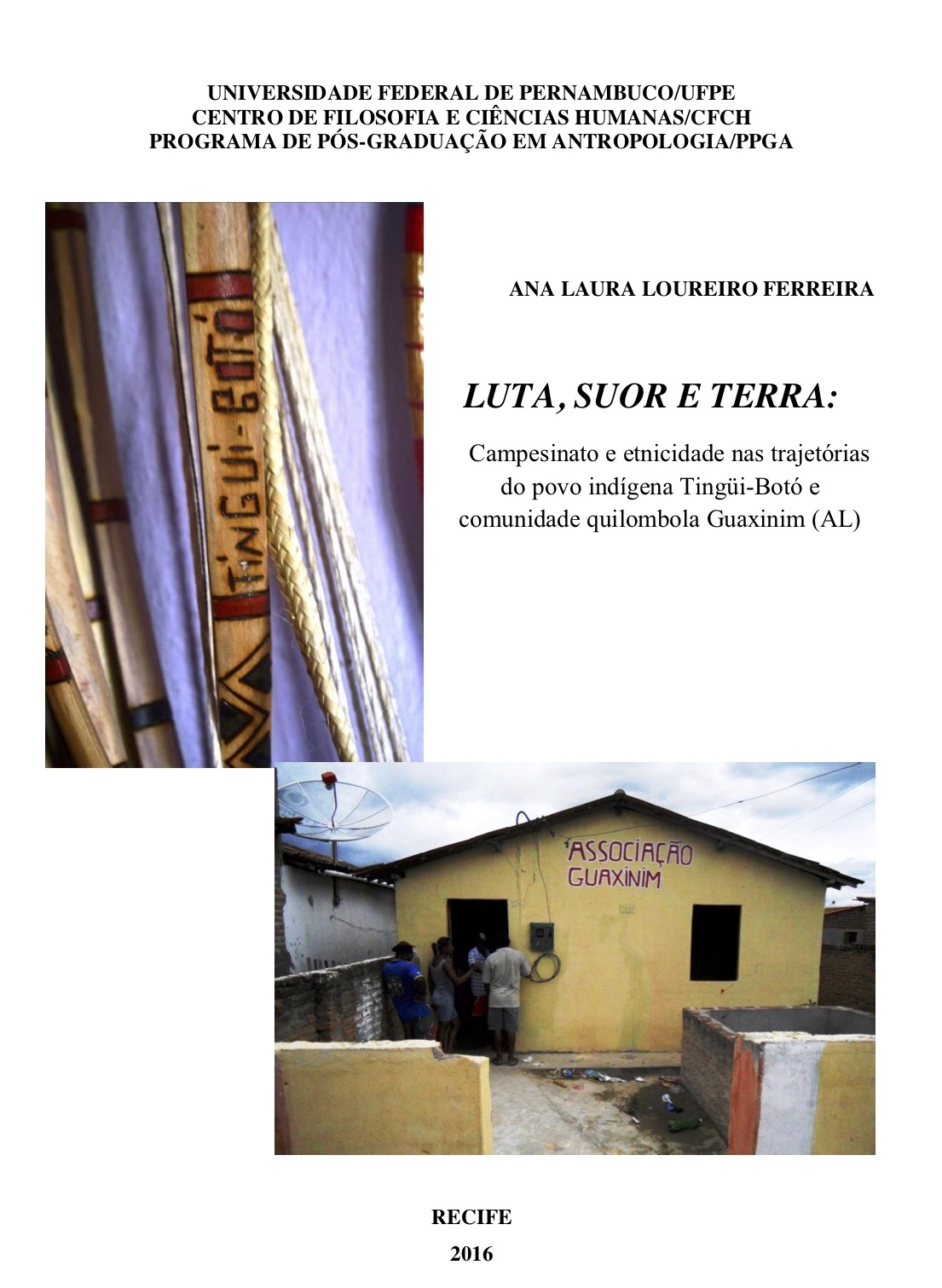Sub-decree No.124 on downsizing 605.8134 hectares in Ou Chum district, Ratanakiri province from forest cover 2002 and reclassifying to private state land for granting purpose to Tumpoun indigenous communal ownership for one community and issue ownershi...
Land area of 605.8134 hectare in Ou Chum district, Ratanakiri province has downsized from Forest Cover 2002 and reclassified as "State Private Land" for granting purpose as communal ownership to 96 families of Tumpoun indigenous community on 16 land parcels including 07 parcels for residential, 06 parcels for traditional agriculture, 01 for swidden farm, 01 parcels for land of guardians, and 01 parcel for burial forest land in Ou Chum commune and L'ak commune, Ou Chum district, Ratanakiri province.








